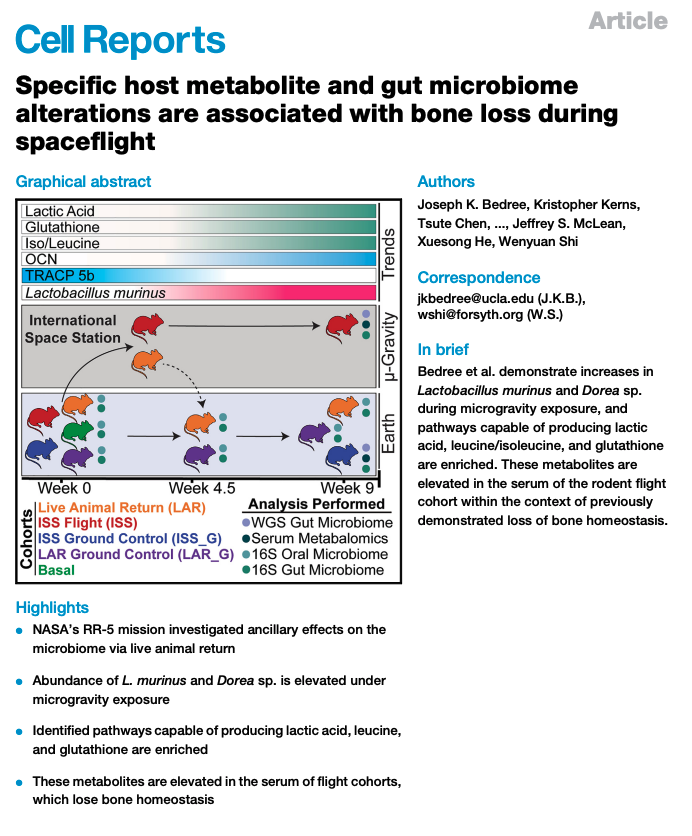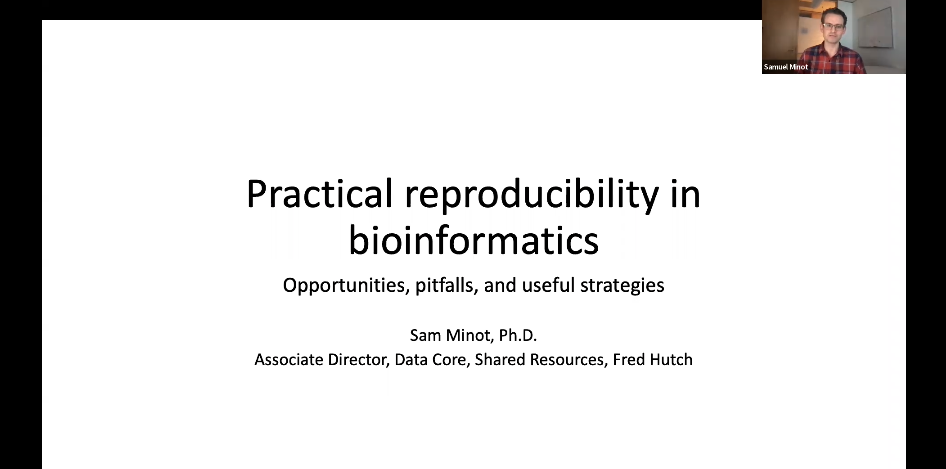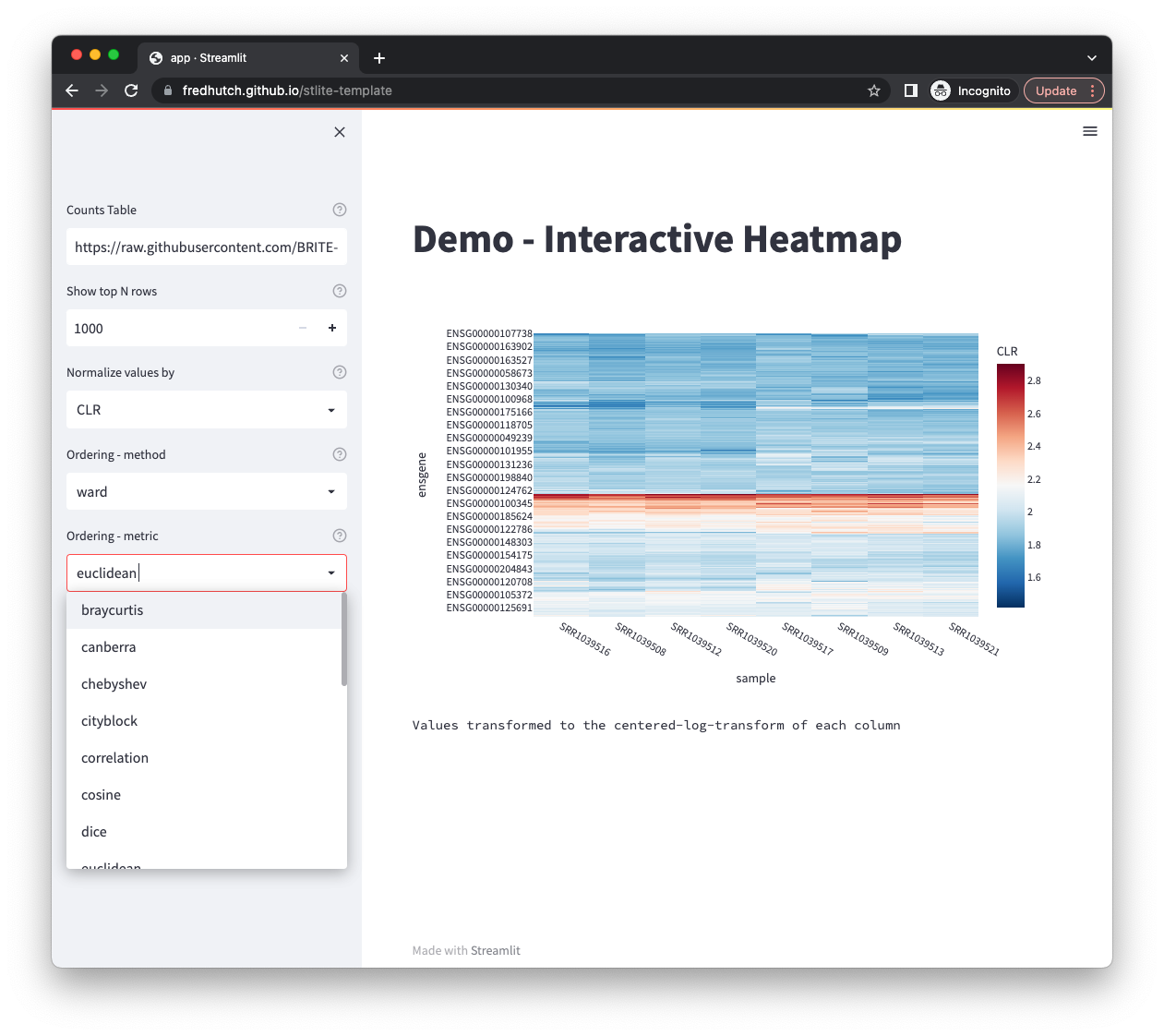Why would I be so bold as to assign required reading on a Saturday morning via Twitter? Because the ideas laid out in this paper have practical implications for many of the computational tools that we use to understand the microbiome. Taxonomy and phylogeny lies at the heart of k-mer based methods for metagenomics, as well as the core justification for measuring any marker gene (e.g. 16S) with amplicon sequencing.
Don’t get me wrong, I am a huge fan of both taxonomy and phylogeny as one of the best ways for humans to understand the microbial world, and I’m going to keep using both for the rest of my career. For that reason, I think it’s very important to understand the ways in which these methods can be confounded (i.e. the ways in which these methods can mislead us) by mechanisms like genomic recombination.
What Is Recombination?
Bacteria are amazingly complex creatures, and they do a lot more than just grow and divide. During the course of a bacterial cell’s life, it may end up doing something exciting like:
Importing a piece of naked DNA from its environment and just pasting it into its genome;
Using a small needle to inject a plasmid (small chromosome) into an adjacent cell; or
Package up a small piece of its genome into a phage (protein capsule) which contains all of the machinery needed to travel a distance and then inject that DNA into another bacterium far away.
Not all bacteria do all of these things all of the time, but we know that they do happen. One common feature of these activities is that genetic material is exchanged between cells in a manner other than clonal reproduction (when a single cell splits into two). In other words, these are all forms of ‘recombination.’
How Do We Study the Microbiome?
Speaking for myself, I study the microbiome by analyzing data generated by genome sequencing instruments. We use those instruments to identify a small fraction of the genetic sequences contained in a microbiome sample, and then we draw inferences from those sequences. This may entail amplicon sequencing of the 16S gene, bulk WGS sequencing of a mixed population, or even single-cell sequencing of individual bacterial cells. Across all of these different technological approaches, we are collecting a small sample of the genomic sequences present in a much larger microbiome sample, and we are using that data to gain some understanding of the microbiome as a whole. In order to extrapolate from data to models, we rely on some key assumptions of how the world works, one of which being that bacteria do not frequently recombine.
What Does Recombination Mean to Me?
If you’ve read this far you are either a microbiome researcher or someone very interested in the topic, and so you should care about recombination. As an example, let’s walk through the logical progression of microbiome data analysis:
I have observed microbial genomic sequence S in specimen X. This may be an OTU, ASV, or WGS k-mer.
The same sequence S can also be observed in specimen Y, but not specimen Z. There may be some nuances of sequencing depth and the limit-of-detection, but I have satisfied myself that for this experiment marker S can be found in X and Y, but not Z.
Because bacteria infrequently recombine, I can infer that marker S represents a larger genomic region G which is similarly present in X and Y, but not Z. For 16S that genomic region would be the species- or genus-level core genome, and for WGS it could also be some accessory genetic elements like plasmids, etc. In the simplest rendering, we may give a name to genomic region G which corresponds to the taxonomic label for those organisms which share marker S (e.g. Escherichia coli).
When I compare a larger set of samples, I find that the marker S can be consistently found in samples obtained from individuals with disease D (like X and Y) but not in samples from healthy controls (like Z). Therefore I would propose the biological model that organisms containing the larger genomic region G are present at significantly higher relative abundance in the microbiome of individuals with disease D.
In this simplistic rendering I’ve tried to make it clear that the degree to which bacteria recombine will have a practical impact on how much confidence we can have in inferences which rely on the concepts of taxonomy or phylogeny.
The key idea here is that if you observe any marker S, we tend to assume that there is a monophyletic group of organisms which share that marker sequence. Monophyly is one of the most important concepts in microbiome analysis which also happens to be a lot of fun to say — it’s worth reading up on it.
How Much Recombination Is There?
Getting back to the paper that started it all, the authors did a nice job of carefully estimating the frequency of recombination across a handful of bacterial species for which a reasonable amount of data is available. The answer they found is that recombination rates vary, and this answer matches our mechanistic understanding of recombination. The documented mechanisms of recombination vary widely across different organisms, and there is undoubtedly a lot more out there we haven’t characterized yet.
At the end of the day, we have only studied a small fraction of the organisms which are found in the microbiome. As such, we should approach them with a healthy dose of skepticism for any key assumption, like a lack of recombination, which we know is not universal.
In conclusion, I am going to continue to use taxonomy and phylogeny every single day that I study the microbiome, but I’m also going to stay alert for how recombination may be misleading me. On a practical note, I am also going to try to use methods like gene-level analysis which keep a tight constraint on the size of regions G which are inferred from any marker S.





